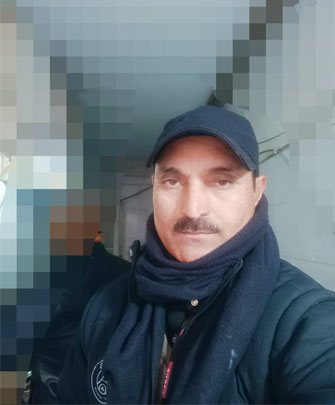Muhammad Safdar

Biography of Muhammad Safdar – Calligraphy Artist
Name: Muhammad Safdar
Profession: Calligraphy Artist
Nationality: Pakistani
Birthplace: Sheikhupura, Pakistan
Born: Unknown
Known For: Traditional and contemporary Islamic calligraphy, fusion art
Early Life
Muhammad Safdar was born in Lahore, Pakistan. From a young age, he showed a deep fascination with letters and the art of writing. He would spend hours copying Quranic verses and studying classical calligraphy styles such as Naskh, Thuluth, and Nastaliq. His early passion was nurtured by local artists and teachers who recognized his talent.
Education and Training
Safdar pursued formal training in fine arts and calligraphy at a local art school. He later studied under renowned calligraphers, mastering both classical techniques and modern interpretations. He developed a unique style that blends traditional Islamic calligraphy with contemporary design, often incorporating abstract forms and vibrant colors.
Career
Muhammad Safdar’s work gained recognition for its elegance and innovation. He participated in several national and international exhibitions, showcasing his calligraphy on paper, canvas, and digital media. His art is admired not only for its beauty but also for its spiritual depth, as he often draws inspiration from poetry and religious texts.
He also teaches calligraphy workshops, inspiring young artists to explore the beauty of letters and scripts. His students praise him for his patience, precision, and ability to bring traditional art to life in modern contexts.
Style and Contributions
-
Traditional Roots: Safdar respects the classical rules of calligraphy, ensuring every stroke is precise and meaningful.
-
Innovative Touch: He experiments with modern layouts, abstract forms, and mixed media.
-
Educational Role: Through workshops and online tutorials, he promotes calligraphy as both art and meditation.
Legacy
Muhammad Safdar is considered one of the contemporary torchbearers of Islamic calligraphy in Pakistan. His work bridges history and modernity, bringing traditional scripts into the contemporary art world.

